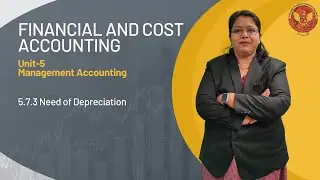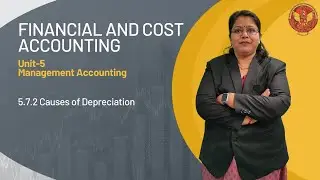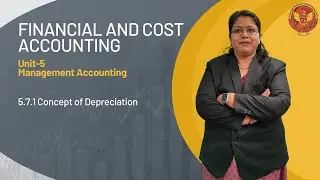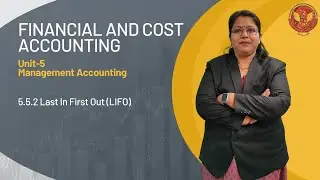5.3 Basic Introduction Divergence | BT201 |
UNIT 5 | ENGINEERING PHYSICS
5.3 Basic Introduction Divergence
Welcome to our in-depth YouTube series on Electromagnetism! Whether you're a student diving into this fascinating field or an enthusiast eager to expand your knowledge, this series is tailored just for you. From the fundamental principles to advanced concepts, we've got you covered.
In Unit 5, we embark on a journey through the foundations of Electrostatics in Vacuum, exploring concepts such as Coulomb's Law, Electric Flux, Gauss's Law, and Maxwell's Equations. Each topic is meticulously explained, ensuring clarity and understanding.
Here's what you can expect from each unit:
5.1 Introduction to Electrostatics in Vacuum: Delve into the basics of electrostatics, exploring the behavior of charges in vacuum.
5.2 Basic Introduction to Dielectric & Gradient: Understand dielectrics and gradients and their role in electromagnetism.
5.3 Basic Introduction to Divergence: Explore divergence and its significance in understanding electric fields.
5.4 Basic Introduction to Curl: Learn about curl and its implications in electromagnetism.
5.5 Line Integral, Surface Integral, and Volume Integral: Discover the mathematics behind integral calculus in electromagnetism.
5.6 Stoke’s Theorem: Unravel Stoke's Theorem and its applications in vector calculus.
5.7 Gauss’s Divergence Theorem: Gain insights into Gauss's Divergence Theorem and its relevance in electromagnetism.
5.8 Coulomb’s Law: Explore the foundational principle governing the interaction between charged particles.
5.9 Electric Flux: Understand electric flux and its importance in studying electric fields.
5.10 Gauss’s Law: Dive deep into Gauss's Law and its applications in understanding electric fields.
5.11 Maxwell’s Equations: Explore the fundamental equations that describe electromagnetism in all its aspects.
5.12 Equation of Continuity (current densities): Learn about the equation of continuity and its role in understanding current densities.
5.13 Poynting Vector: Discover the Poynting vector and its significance in describing the flow of energy in electromagnetic fields.
5.14 Electrostatic Potential for a Charge Distribution: Understand electrostatic potential and its calculation for charge distributions.
Don't forget to like, share, and subscribe for more engaging content on science and physics!
#Electromagnetism #PhysicsEducation #STEM #Electrostatics #MaxwellsEquations #GaussLaw #CoulombsLaw #VectorCalculus #IntegralCalculus #ScienceExplained #EducationalContent #StokesTheorem #Dielectric #PoyntingVector































